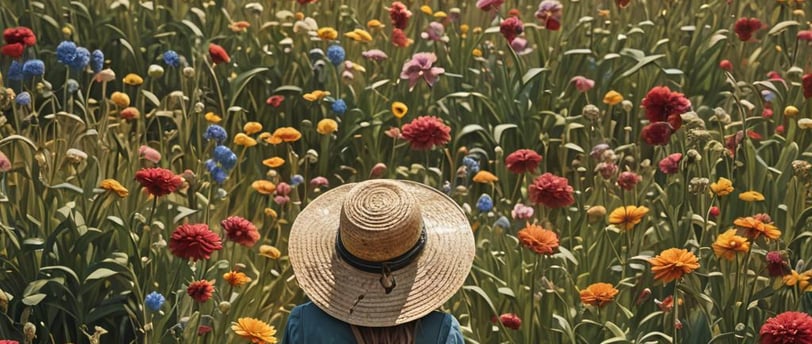Ethical Foraging
Insight and tips on how to be an ethical forager in a variety of ecosystems.
REGENERATIVE PRACTICESPLANTSFORAGING
Kylie Treekin
6/21/20243 min read


What does it mean to be an ethical forager?
An ethical forager is someone who takes the time to observe their environment and setting to make sure that the land can support a harvest or be able to easily recover from your harvesting. Another ethical foraging practice is to aid in the continued spread of native plants in their habitats by contributing to the spread of their seed. We will break down how to do these things so that you can become an amazing and awesome ethical forager. The planet and the plants will thank you!!
**Beginner Forager Warning & Tip: If it is your first time ever working with and foraging a 'new to you' plant always be sure to ask for a second opinion from a seasoned person before ingesting. You never want to even accidentally take in something that could be toxic and harmful to you.**
Observing the Environment
What are the things you need to consider when observing the environment in which you want to harvest?
What type of climate are you harvesting in?
How prolific is the plant you are harvesting?
What animals or insects are present on and around the plant?
Ask the plant permission to harvest it.
Climate
When it comes to climate, the rule of thumb is, the more rain an area gets, the easier it is for things to grow. The less rain there is in a region, the slower and more fragile the ecosystem will be. I never harvest anything where there is a persisting drought. What you can do here is spread seeds from the dry stalks of plants so that they are in contact with the soil once the area does get some rain. Environments experiencing drought are the most fragile and need extra care, not foraging. You can always come back to visit these areas when they are no longer in drought.
Abundance
Always look around the area and take the time to find as many stands of the plant you are harvesting as you can. You never want to take everything, in fact, taking 1/4 to a 1/3 of what is available is the most I recommend. The best foragers will take a small amount from each stand so that when they are finished, you can't even tell they were there. This means you are putting in an effort to leave no trace of having been there, especially because we can't always tell who might need this as a source of food.
Animals & Insects
Animals and insects both rely on their environments to thrive, they can't go to the grocery store and pick up a pack of their favorite pollen or fruits like we can. To really tap into what is happening with the wildlife, take a minute to sit in the area and observe the different animal and insect flows. It usually takes about 5-10 minutes for life to reemerge after the disturbance of humans, but by sitting quietly, they will think you are part of their environment instead of an intruder. If you notice that a certain type of bug is all over the plant you want, take a little less than you might have otherwise so that they can continue their rituals.
Asking Permission
The last thing I do before harvesting a foraged plant is to take a moment to ask the plant if it wants to be harvested. Like any measure of consent, you should feel an enthusiastic yes from the plant along with the other points of observation that you've already made. Some plants really want to be left alone, while others are eager to be shared and known. Follow your intuition, a plant that wants to be harvested and used will always provide a better experience for the end product you are harvesting for.
Be a Wild Gardener
There is an extra principle in permaculture that says "Everything gardens" and it has proven to be true over and over. It's one of my secret favorite principles because you can see it so clearly once you know to look for it. Squirrels expand their tree groves by planting nuts and forgetting about them, then new trees grow for their future offspring to be protected by. Ducks poop in their favorite ponds, which helps seal the pond to help it stay a pond. Over and over in nature, you can find these examples. So how will you garden while you are in these ecosystems? The answer is rather easy, spread seeds! If you see a brown and dried stalk or stand of seeds for a native plant or wildflower, snap to remove the stock and spread the seeds around the area. Especially spread the seeds in similar areas where you see that plant growing. That means if the plant is growing in the shade, spread the seeds in the shade, if it's growing in full sun or on the boundary of shade and sun, plant them there. Mimic what the plant has done for itself because it already knows the conditions it needs to thrive.
You can also erect "No Mowing" signs where mowing is not necessary so that plants can complete their whole life cycle. Mowing interrupts their growth cycle and allows for things like grass to become more prominent and can even kill the plants in more delicate situations.
